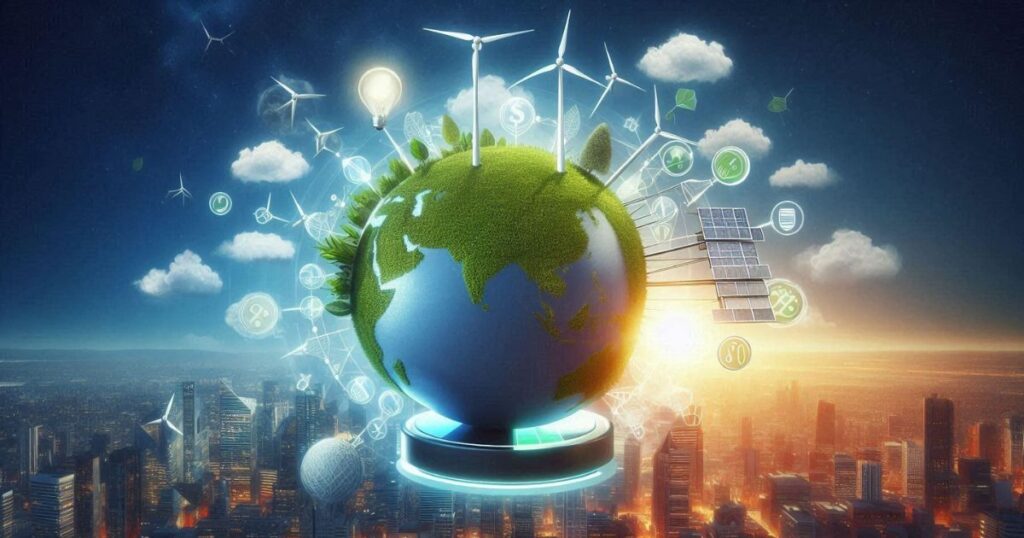Energy Efficiency and Electrification: A Dual Approach to Sustainability
With the growing urgency to counteract climate change, organizations today face the complex task of harmonizing energy efficiency initiatives with electrification projects to fulfill ambitious sustainability goals. A strategic integration of these two crucial components is necessary to construct an effective and comprehensive sustainability plan.
The Roles of Energy Efficiency and Electrification
While Energy efficiency and electrification are interconnected, they play unique roles in the path towards sustainability. Energy efficiency aims at minimizing energy consumption without compromising performance through improved practices and innovative technologies. In contrast, electrification entails a switch from fossil fuel-based energy sources to electric power, ideally derived from renewable sources.
Key Aspects of Energy Efficiency:
- Technological Advancements: Incorporation of advanced technologies like LED lighting, smart thermostats, and high-efficiency HVAC systems.
- Operational Improvements: Adoption of energy management systems (EMS) and regular energy audits to scrutinize and rectify inefficiencies.
- Behavioral Changes: Advocacy for energy-saving habits among employees through awareness programs and incentives.
Key Aspects of Electrification:
- Transportation: Transition of fleets to electric vehicles (EVs) and investment in EV charging infrastructure.
- Heating and Cooling: Replacement of traditional gas-powered heating systems with electric heat pumps.
- Industrial Processes: Conversion of fossil fuel-dependent processes to electric alternatives.
The Combined Power of Energy Efficiency and Electrification
Realizing sustainability goals demands a nuanced strategy where energy efficiency and electrification operate in tandem. Here’s how businesses can effectively balance these efforts:
- Energy Efficiency First: Prior to launching electrification projects, it’s essential to make current systems and processes as efficient as possible. This reduces overall energy demand, making subsequent electrification more cost-effective and impactful.
- Incorporate Renewable Energy: Pairing electrification with renewable energy sources, such as solar or wind power, intensifies environmental benefits. This decreases reliance on fossil fuels and fits with global decarbonization trends.
- Utilize Data and Analytics: Advanced data analytics can reveal energy usage patterns, highlighting areas for efficiency enhancements and identifying suitable electrification opportunities. Real-time monitoring and predictive maintenance can boost energy performance further.
- Invest in Adaptable Energy Solutions: Technologies like battery storage and smart grids can help manage the variability of renewable energy sources, ensuring a reliable and efficient energy supply. These solutions also back demand response initiatives, allowing businesses to adjust energy usage based on grid conditions.
Success Stories in Energy Efficiency and Electrification
Apple’s Data Centers: Apple has made significant headway in energy efficiency and electrification by designing data centers that run entirely on renewable energy. With high-efficiency infrastructure and innovative cooling techniques, Apple reduces its energy consumption. Simultaneously, its commitment to renewable energy ensures that its electrification efforts contribute to its sustainability objectives.
Tesla’s Gigafactories: Tesla’s Gigafactories exemplify the integration of energy efficiency and electrification. These facilities utilize state-of-the-art energy-efficient technologies and are powered by renewable energy, including extensive solar installations. Tesla’s holistic approach shows how manufacturing can be energy-efficient and fully electrified, significantly reducing carbon footprints.
Addressing Challenges in Balancing Energy Efficiency and Electrification
- Initial investments in energy efficiency and electrification can be high. However, businesses can explore incentives, grants, and financing options to facilitate sustainability projects. The long-term savings in energy costs and the potential for increased competitiveness often justify these investments.
- Keeping up with fast-paced technological advancements can be challenging. Collaborating with experts and investing in employee training ensures businesses can leverage the latest innovations.
- Staying informed about policies and incentives is crucial in navigating the regulatory environment. This can help businesses align their projects with government initiatives and benefit from available support.
Original Story at www.environmentenergyleader.com
